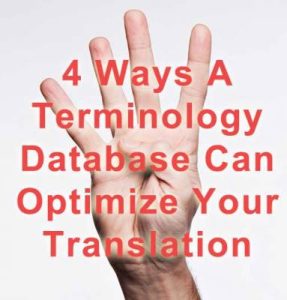Introduction Many clinical trials these days are global in nature. Patients recruited into the trials, as well as the researchers conducting the trial in their country of origin, usually do not rely on English as their primary language. As such, the importance of translating and localizing clinical materials, so the data can be gathered, researched, … Learn More
Tag: certified translation

Following our exploration of the importance of Cognitive Debriefing in ensuring the cultural and linguistic appropriateness of patient-reported outcome measures, we now turn our focus to the best practices in conducting Cognitive Debriefing sessions. This critical phase in the translation process demands careful planning, execution, and analysis to ensure that the data collected is of … Learn More

This year Croatia becomes the 28th EU member state to require CE Marking. This means that manufacturers will be able to place products, devices and machines on the Croatian market, but those items must have documentation in the Croatian language. After reading the above sentence you may find yourself asking, “what is CE marking, and what … Learn More

If you do not know what it means, linguistic validation and cognitive debriefing may sound complicated and intimidating. Those in clinical research know that linguistic validation and cognitive debriefing are necessary for qualifying an instrument’s validity for use in multinational trials and protecting research data pools. Without linguistic validation and cognitive debriefing, clinical research trials … Learn More

In an earlier blog (What is Linguistic Validation?) we discussed what is involved with linguistic validation; we now turn our attention to explaining cognitive debriefing, sometimes referred to as pilot testing. As stated before, linguistic validation and cognitive debriefing are needed to qualify an instrument’s validity and to protect clinical research data pools. The US Food and … Learn More

You may not have thought of it, but if you are localizing or translating your website and digital content, you may need to keep it Section 508 compliant. With over 20% of web users that have some disability, Section 508 compliance can help you reach up to 20% more of your target audience that you … Learn More

Fuzzy matching is a great way to save both time and money on your translation and localization projects. Fuzzy matching is most useful when you update your translated or localized content on a regular basis. Most of the content you develop is not static, but will undergo regular updates, additions and changes. Updates may be … Learn More

Large, highly technical translation and localization initiatives can be daunting. Especially when they are spread out over multiple projects and involve numerous languages. Languages can be ambiguous. Particularly, given the product-, company- or industry-specific terminology that exists and the multiple meanings a term or phrase may have. How do you manage multiple projects with multiple … Learn More